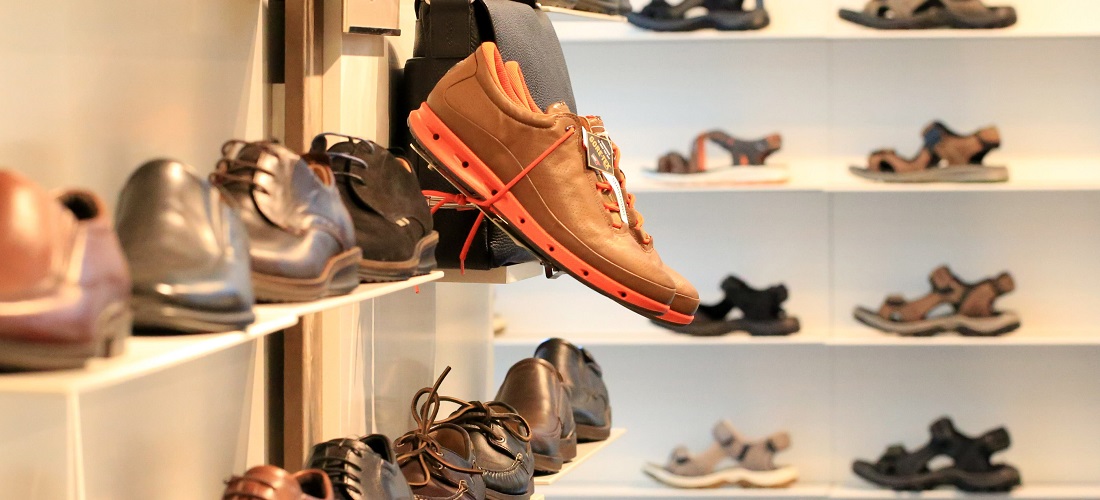
Brazil’s footwear exports trapped in downward trend in early 2024
Mar, 13, 2024 Posted by Gabriel MalheirosWeek 202411
The year’s first two months revealed a worrisome scenario for the footwear industry in Brazil. Data compiled by the Brazilian Footwear Industries Association (Abicalçados) reveal that, during the year’s initial two-month period, exports amounted to 18.38 million pairs, generating a revenue of US$ 169.66 million. These numbers marked significant declines both in volume (31.3%) and revenue (22.8%) compared to the corresponding period last year. Focusing solely on February, the downward trend persisted, with a 33.4% decrease in volume and a 22.5% drop in revenue compared to February 2023.
This downturn, considered the bleakest in the two-month period since the data series commenced in 1997, has raised a red flag within the Brazilian footwear sector. “There are instabilities and severe inflationary processes around the whole world. It is clear that it has an impact. But I think the biggest impact stems from the return of a more aggressive China to the market, taking spaces from its international competitors, mainly in Latin America,” commented Haroldo Ferreira, Abicalçados’ president, emphasizing that Latin America absorbs over 50% of Brazilian footwear exports.
Additionally, Argentina’s economic struggles have added to the sector’s woes in this initial bimester. While the United States, a key destination for Brazilian footwear, has presented diminishing declines, Argentina’s internal economic crisis has posed challenges. Ferreira highlights that Argentina faced two consecutive semesters of rising poverty rates last year, exceeding 40% of the population—an ordeal keenly felt by Brazilian footwear manufacturers.
Export destinations
Destination markest-wise, the United States remained the primary buyer of Brazilian footwear in the first two months, despite a 10.4% decrease in volume and a 3.7% decline in revenue year-on-year. Meanwhile, Argentina, grappling with its economic turmoil, emerged as the second-largest destination for Brazilian footwear during the early months of the year. However, shipments to Argentina saw notable declines—29.9% in volume and 17.8% in revenue—compared to the corresponding period in 2023.
Spain ranked third among destination markets, with a notable decrease of 33.4% in volume and 36.2% in revenue compared to the same interval last year.
The chart below uses DataLiner container data to illustrate the monthly footwear shipments (HS 64) conducted in Brazilian ports bound the top three destination countries identified by Abicalçados.
Footwear Exports to Top 3 Destinations | Jan 2023 – Jan 2024 | TEU
Source: DataLiner (click here to request a demo)
Domestic producers in Brazil
On the origins front, Rio Grande do Sul remained Brazil’s top footwear exporter, although shipments from Gaúcho factories saw a 2% volume decline and a 3.8% revenue decrease compared to the same period in 2023. Ceará, the second-largest origin of footwear exports, experienced more significant declines of 36.3% in volume and 36.7% in revenue. Conversely, Bahia displayed resilience amidst the industry downturn, with a marginal 16.3% volume decrease and steady revenue compared to the first two months of 2023.
However, São Paulo, losing its third-ranking position to Bahia, faced steeper declines of 37.6% in volume and 31.2% in revenue compared to 2023.
Not all is bleak
Looking ahead, Ferreira anticipates improved export performance in the second half of the year, buoyed by global inflation deceleration and sustained economic growth in key markets like the United States and Europe. Nevertheless, it is expected that 2024 will end with figures below those of the previous year.
Import figures
In contrast to exports, imports continued their upward trajectory. In February alone, Brazil received 4.1 million pairs worth US$ 53.48 million—an increase of 41.8% in revenue, despite a 5.9% decrease in volume compared to February 2023. For the two-month period, imports totaled 6.9 million pairs and US$ 90.6 million—an increase of 4.4% in revenue, despite a 9% decrease in volume compared to the same period last year.
Asian countries remained the predominant sources of imports, accounting for over 80% of all footwear entering Brazil. Vietnam led the import rankings, with notable increases of 59% in volume and 47% in revenue compared to the previous year. Indonesia followed suit, witnessing significant growth in both volume and revenue. China, while experiencing a substantial decrease in volume, saw a modest increase in revenue.
-
Ports and Terminals
Feb, 02, 2024
0
Uruguay: Throughput at Port of Montevideo Up 33% in January
-
Meat
Mar, 27, 2019
0
USDA schedules meat plant inspections for June
-
Ports and Terminals
Dec, 13, 2021
0
Coamo opens new terminal in Paranaguá
-
Oil and Gas
Apr, 15, 2019
0
Brazil plans auction of seven oilfields despite environmental warnings


